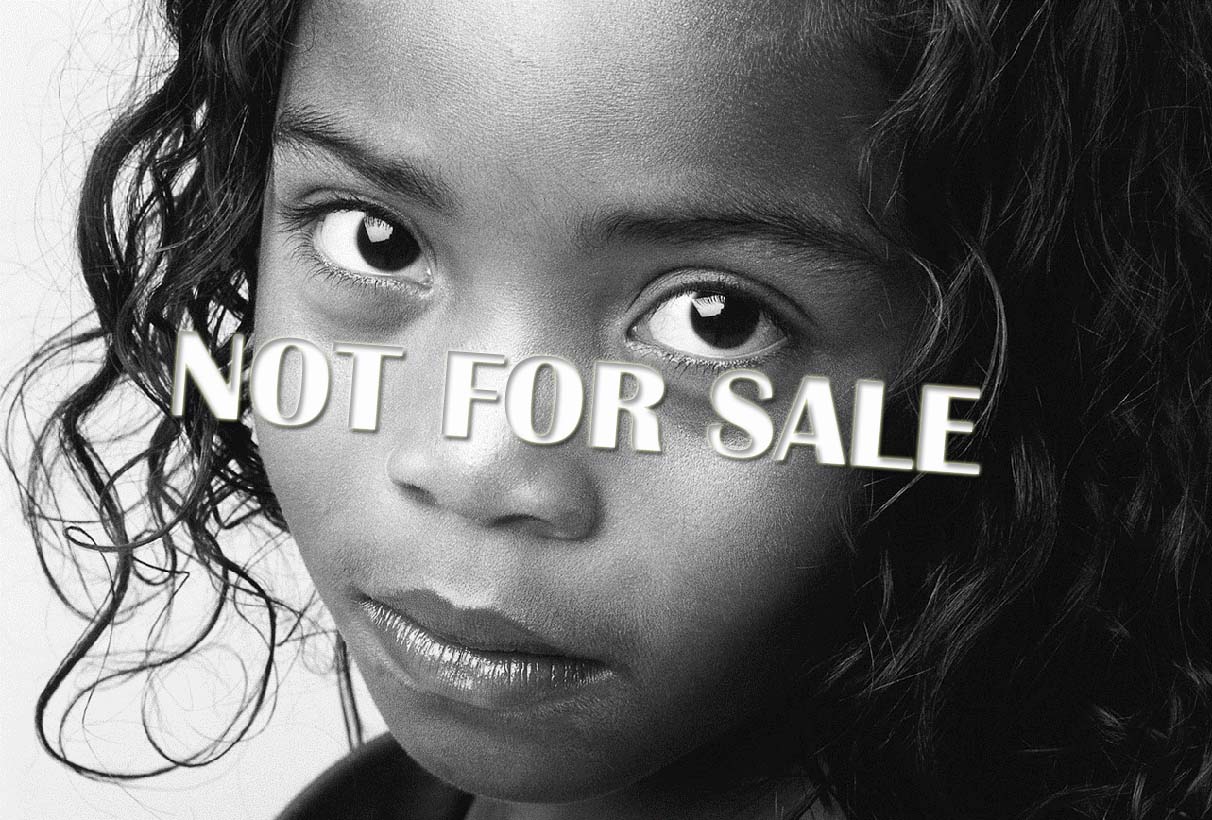What is Human Trafficking?
Human Trafficking is the recruitment, transportation, transfer, harboring or receipt of people through force, fraud or deception, with the aim of exploiting them for profit. Men, women and children of all ages and from all backgrounds can become victims of this crime, which occurs in every region of the world.
Data is hard to capture primarily because the individual either lacks awareness of victimization or fears to report it.
Human trafficking victims are referenced as “hidden in plain sight.” In 2011, President Barack Obama issued a Presidential Proclamation, designating each January to be National Slavery and Human Trafficking Prevention Month. The anniversary of this proclamation became known as National Human Trafficking Awareness Day.
Human trafficking involves the use of force, fraud, or coercion to obtain some type of labor or commercial sex act. Traffickers use force, fraud, or coercion to lure their victims and force them into labor or commercial sexual exploitation.
The 3 most common types of human trafficking are sex trafficking, forced labor, and debt bondage. Forced labor, also known as involuntary servitude, is the biggest sector of trafficking in the world, according to the U.S. Department of State.
The majority of human trafficking in the world takes the form of forced labor.
Six Primary Forms are listed as:
1. Bonded Labor
2. Debt Bondage Among Migrant Laborers
3. Involuntary Domestic Servitude
4. Forced Child Labor
5. Sex Trafficking
6. Child Commercial Sex TradeWarning Signs of Human Trafficking are listed as:
1. Appearing malnourished
2. Showing signs of physical injuries and abuse
3. Avoiding eye contact, social interaction, and authority figures/law enforcement
4. Seeming to adhere to scripted or rehearsed responses in social interaction
5. Lacking official identification documentsMellissa Withers PhD, MHS. states “An estimated 40 million people are victims of modern day slavery and human trafficking. Though it might seem shocking that anyone in today’s world could still be forced into domestic servitude, child labor, sex trades, and other unthinkable situations, it’s something that happens in hundreds of countries – and it might even be happening in your own backyard.
Recognizing the signs of human trafficking is just the first step in stopping these heinous acts. By becoming better informed on the issue, raising awareness, speaking up and taking action, we can all do our part to help victims of trafficking.
Whether you want to become a volunteer, learn how to spot red flags of trafficking in your community, or make ending trafficking your life’s work in a dedicated career, you’ll be ready to make a real difference.”
Signs to Look Out for as a Concerned Citizen
Airport travelers often hear the words: “See something, say something.”
The same is true if you see anything that looks amiss and wonder if it might be worth investigating. Take action when you see situations where someone is being coerced, seemingly held against their will, forced to do things they don’t want to do, say things that seem a little off, covered in bruises, being fearfully submissive, or appear to be afraid of something that you can’t really pinpoint.
In short, if it looks suspicious, it probably is. Gather all the information you can, such as license plate numbers and descriptions, then contact the authorities. You can anonymously text *Text 233733 or send this information HERE.
National Human Trafficking Awareness Day, Jan 11
January 11, 2022 by






